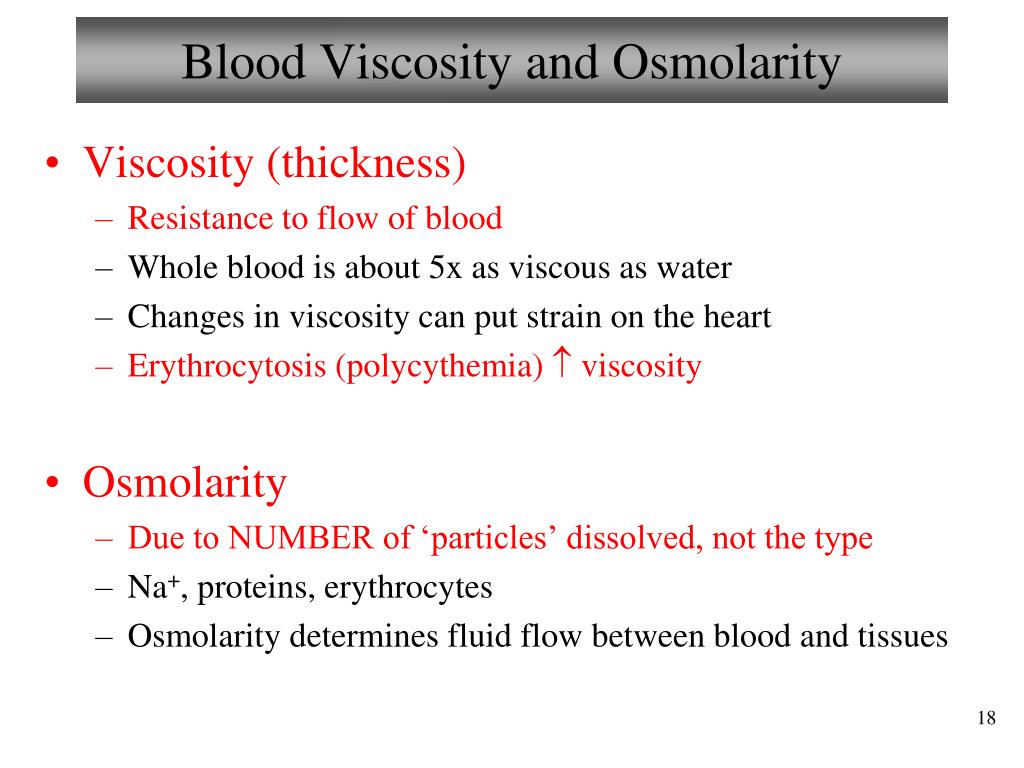

Due to Low flow rate of blood interactions between red blood cells, the plasma protein increases. Since viscosity of blood increases at low flow velocities (e.g., during circulatory shock), blood does not obey Newton’s law, or we can say blood is a non-Newtonian fluid. On the other hand, viscosity of blood is very high in comparison to water, and hence flow-pressure relationship slope will be less in comparison to slope of flow-pressure relationship of water. It is clear from the graph of flow-pressure relationship of water, that the flow rate of water and viscosity are inversely proportional to each other therefore, when the viscosity is small, then slope of the flow-pressure relationship will have large value, it means, at a particular pressure, flow of water will increase at lower viscosity. This is shown in the figure as a linear dashed line for the flow-pressure relationship of water. We conclude that even relatively small elevations in arterial pressure are associated with increased viscous resistance of blood to flow, and that the increased. For instance, homogeneous fluid like water, obeys Newton’s law hence, viscosity of water does not depend on the velocity of flow of fluid. Resistance between two adjacent layers of a liquid or fluid depends on the nature of fluid, which means, for homogeneous and heterogeneous composition there will be different resistances between layers of fluid. Viscosity of blood can be explained by Poiseuille's equation.


 0 kommentar(er)
0 kommentar(er)
